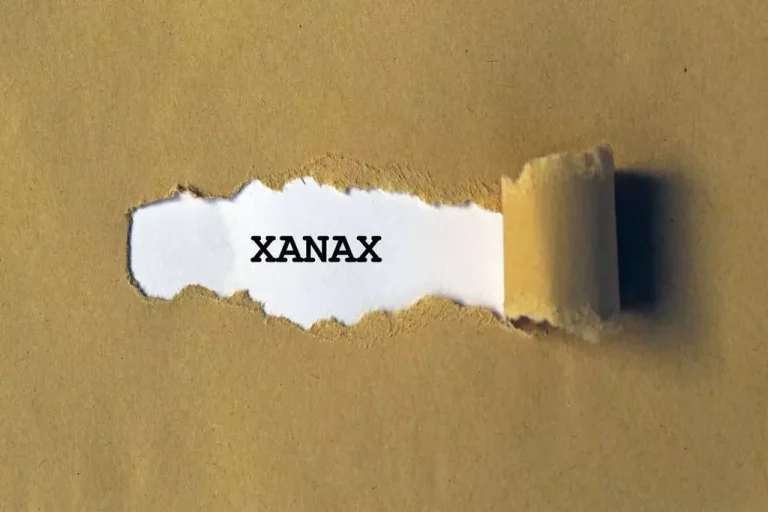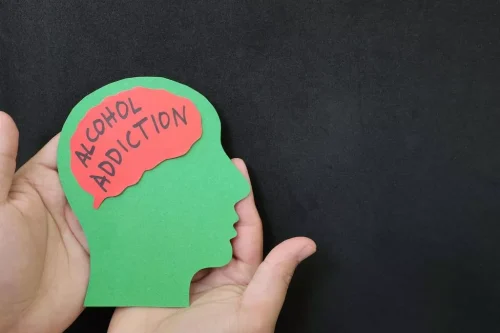
There are no guarantees with mushrooms since they are an unprocessed plant product, and bad trips can and do happen. If someone has ingested mushrooms and is experiencing panic, anxiety, or is in any danger of harming themselves or others, seek medical assistance immediately. After several days of psilocybin use, individuals might experience psychological withdrawal and have difficulty adjusting to reality. Researchers have investigated whether psychological specialists can use psilocybin and similar hallucinogens to treat depression. In the wild, people may mistake mushrooms containing psilocybin for any number of other mushrooms that are poisonous.

Psychedelic and Hallucinogen Addiction: Symptoms, Causes, Effects and Treatment
These mushrooms were known as teonanacatl, meaning “god’s flesh” (Ott and Bigwood, 1978; Schultes and Hofmann, 1979). The use of various psychoactive plant materials and substances was common in pre-Columbian Mesoamerican societies, including the Olmec, Zapotec, Maya, and Aztec cultures (Carod-Artal, 2015). Important examples of these substances include a substance used in ancient India known as Soma, which was highly revered and is frequently mentioned in the Rigveda, with numerous Vedic hymns written in praise of Soma (Wasson and Ingalls, 1971). In the ancient village of Eleusis, outside Athens, for more than 2000 years there was an annual all-night secret ceremony that is believed to have involved ingestion of a hallucinogenic brew known as κψκεον (Wasson et al., 1978).
C. Psychedelics Can Engender Ecstatic States with Persistent Positive Personality Change
Using five different ligands that activate the 5-HT2A receptor, Raote et al. (2013) showed that different biochemical pathways are involved in receptor trafficking. These investigators used the fluorescence of rat 5-HT2A enhanced green fluorescent protein (EGFP) to follow receptor internalization. This transcript was stably transfected into HEK-293 cells to generate what the authors designated as an SB1 cell population. Serotonin, dopamine, DOI, and clozapine all produced robust internalization, whereas the 5-HT2A antagonist ketanserin did not. PKC activation by a phorbol ester (PMA) was sufficient to cause endocytosis in the absence of any agonist.
Physical Effects

In a follow-up paper, Johnson and his colleagues reported that 67 percent of participants were still abstinent 12 months after their quit date, and 60 percent of them had not smoked after 16 months or more. Additionally, more than 85 percent of the subjects rated their psilocybin trip as one of the five most meaningful and spiritually significant experiences of their lives. The team is currently more than halfway through a larger, five-year study of 80 people randomized to receive either psilocybin or a nicotine patch at the new Johns Hopkins center.
Ketamine Side Effects to Know About When Using It for Depression

Factors such as mental health, setting, quantity, and expectations may affect the experience someone has after using psilocybin. The quantity of the drug a person consumes, their past experiences, and their expectations of how the experience will take shape can all impact the effects of psilocybin. In October, the National Institutes of Health awarded a team led by Johnson the first federal grant for psychedelic treatment research in over half a century. The nearly $4 million grant will allow the researchers to conduct the first-ever double-blind randomized clinical trial on psilocybin as a treatment for nicotine addiction.
Medical Conditions
Much of the work on neuronal effects of psychedelics has been obtained from single cell recordings from brain slices, which do not represent an intact and functioning cortex. The neocortex is constantly active in vivo, as cortical and subcortical networks generate rhythmic patterns of activity at a variety of frequencies (Steriade et al., 1993). The propagation and synchronization of slow cortical oscillations depends at least in part on corticocortical connections and is proposed to be generated by recurrent excitation among large networks of cortical neurons. Unfortunately, no one has yet examined the effect of hallucinogens on spontaneous rhythmic activity in cortical circuits, experiments that would likely provide important new data. For example, Shu et al. (2003) demonstrated that operation of local cortical circuits could generate activity that exhibited a proportional increase in feedback excitation and inhibition, keeping the network in relative balance. It would be most interesting to carry out a similar experiment, but with the addition of DOI or LSD to observe the effect on cortical circuit activity.
What is psilocybin microdosing?
The authors also described subjective effects on mood that were similar to those reported for MDMA that might be useful in psychotherapy. No severe acute adverse effects were observed and the effects subsided completely within 72 hours. The quasi-experimental case-study data from Russia (27) has prompted the modern clinical exploration ketamine in RCTs. Another recent double-blind placebo-controlled phase II clinical trial in the UK included 96 patients with AUD randomizing patients to four possible treatment arms; ketamine or placebo infusion and mindfulness psychotherapy or psychoeducation, respectively. The treatment was well tolerated and the most positive effects were demonstrated in the group receiving three infusions of 0.8 mg/kg ketamine plus psychotherapy, who had more days of abstinence at 6 months follow-up than the placebo infusion plus psychoeducation group (68). The added value of this study is that it suggests the possible adjunctive therapeutic effect of psychotherapy combined with ketamine.
Substance use disorders

Keller and Umbreit (1956) administered LSD intravenously to mice and reported “…a rapid and violent head shaking” that did not occur in normal mice. They indicated that it was easily observed, that independent observers could reliably detect the behavior, and that this HTR in mice “provided a suitable tool for the behavioral studies” (Keller and Umbreit, 1956). Subsequently, the mouse HTR was observed in mice after administration of 5-hydroxytryptophan, the biochemical precursor to serotonin (Corne et al., 1963). Corne and Pickering (1967), based on a study that involved several classic psychedelics that included DMT, LSD, mescaline, and psilocybin, as well as nonhallucinogenic compounds, proposed that the mouse HTR might correlate with the production of drug-induced hallucinations in humans. The most salient behaviors induced in rodents by psychedelics generally have been shown due to activation of the 5-HT2A receptor.

The drug discrimination procedure in rats has proven to be a sensitive and powerful technique that has allowed an analysis of the neuropharmacology of many classes of drugs with an action in the CNS, including the psychedelics. It has been widely used in numerous laboratories, and the topic of hallucinogens as discriminative stimuli was recently reviewed (Winter, 2009). No attempt will be made here to provide a comprehensive review of the drug discrimination literature on psychedelics published over the past 3 decades. are psychedelics addictive In subsequent studies, phenethylamine psychedelics failed to have a direct suppressant effect on raphe cell firing. Phenethylamine-type psychedelics such as mescaline lack 5-HT1A agonist activity, so this hypothesis for the mechanism of action of psychedelics was, therefore, not tenable. Nevertheless, phenethylamine-type psychedelics do suppress firing of a subset of raphe cells when given systemically but not when administered directly into the raphe (Aghajanian et al., 1970; Haigler and Aghajanian, 1973).
Hallucinogen Persisting Perception Disorder (HPPD)
- Some providers also choose to use it as an off-label treatment for depression, anxiety, and other mental illnesses.
- In the third group, after chronic MDL11939 administration, DOB was directly infused into the dorsal hippocampus 24 hours after the last MDL11939 injection.
- He had used the substance six or seven times over 5 months but discontinued it after he had a bad trip, with anxiety, palpitations, auditory oversensitiveness, and visual distortions.
When rats were trained to discriminate MDMA from saline, LSD and (+)-methamphetamine fully substituted, but DMT and DOM only partially substituted. In rats trained to discriminate (+)-methamphetamine from saline, only MDMA fully substituted. DOM, LSD, and MDMA produced full substitution in DMT-trained rats, but DMT produced full substitution only in DOM-trained rats. After a detailed analysis of stimulus generalization between the various drugs, the authors concluded that DMT produces a discriminative stimulus that is similar to, but not completely overlapping with, LSD, DOM, and MDMA. Asgari et al. (2006b) examined the effect of (−)-DOI (0.25 mg/kg, s.c.) on the fixed-interval peak procedure in 18 female rats. In fixed-interval trials (16 per session), reinforcement (45-mg food pellets) was delivered after the first response emitted after 30 seconds since the start of the trial.
